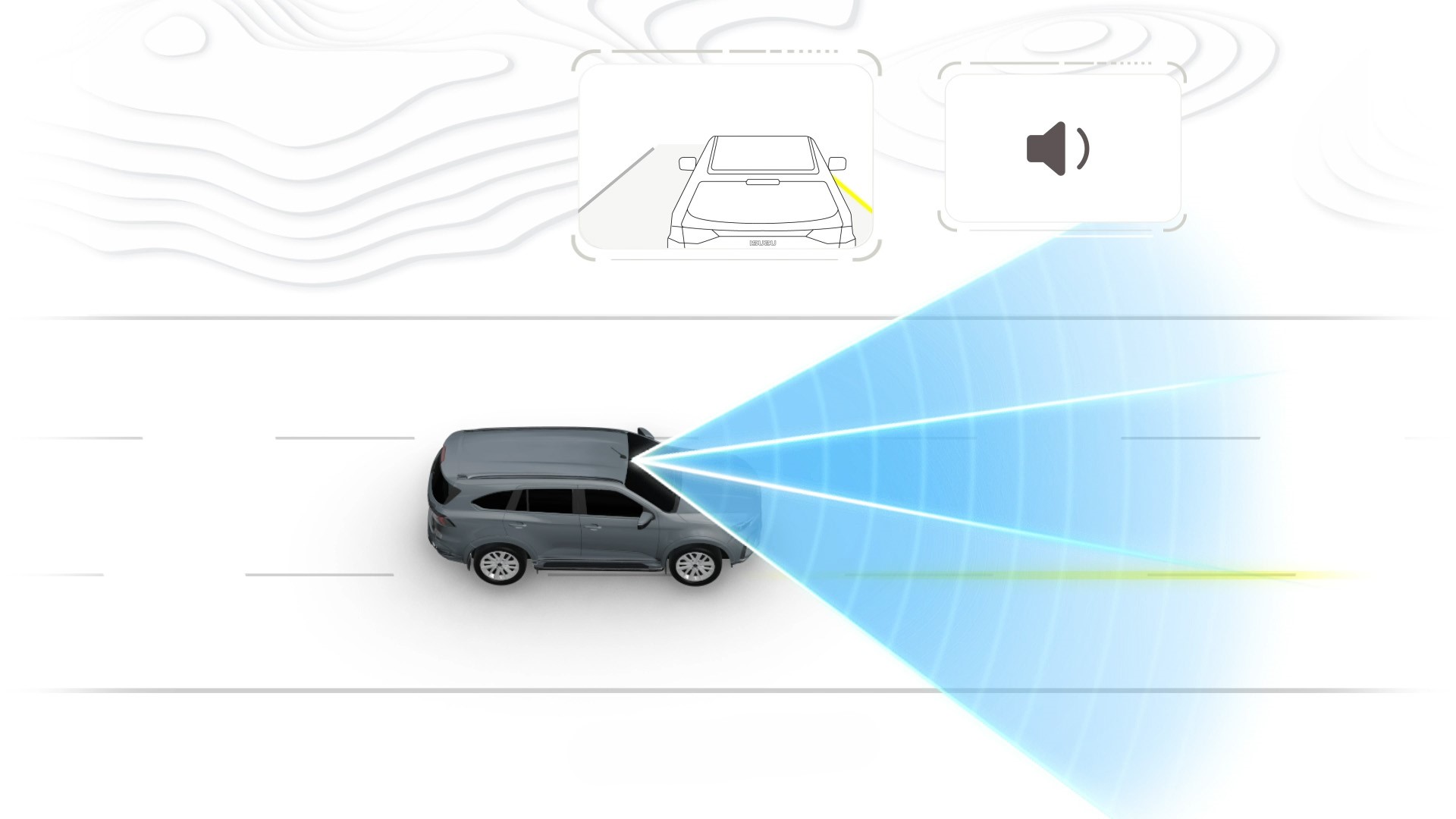Spend five minutes in a 4WD Facebook group and you’ll see the most common question: “What’s the biggest tyre I can fit under my rig?” This obsession with going big is heavily influenced by the anything-goes culture in the USA - where even the wildest mods are considered normal.
But in Australia, we’ve got rules for good reason.
The Legal Bit
You can’t increase tyre diameter by more than 50mm over what’s listed on your placard. NSW has some exceptions, so double-check. That limit exists because oversized tyres can mess with gearing, braking, and handling, turning safety into a gamble.
The Optimum Size
Most medium 4WDs run factory tyre sizes that max out around 775mm in diameter:
- 265/65R17
- 265/60R18
- 265/50R20
They strike a balance, enough clearance off-road, decent performance on-road, stable when towing, and pretty fuel-efficient.
Want to go up to something like an LT285/70R17 or LT285/65R18 (around 830mm or a “33” in old money)? You’re borderline legal and entering compromise territory, better in some areas, worse in others.
“But I want 35s!”
No, you don’t. Not unless you’re ready for a full build: cutting guards, suspension lifts, body lifts, extended brake lines, new flares, and engineer reports. That’s a whole lot of money and mods just for a look or minor clearance gains.
Worse still, that setup introduces a bunch of problems:
- Heavier tyres = more strain on GVM and suspension
- More unsprung mass = hotter shocks
- Larger rolling diameter = worse braking performance
- Front-end wear and tear (bushes, ball joints, CVs, diffs—the works)
Tech Trouble
Modern 4WDs use advanced safety systems - ACC, FAB, LKA - all relying on cameras calibrated to stock vehicle height. A big lift can throw these systems out of whack, sometimes beyond the ability of dealerships to recalibrate. That’s a serious “buyer beware” moment.
Plus, your speedo will be inaccurate, and that might cost you more than just fuel.

Tall Tyres and False Gains
Sure, big tyres help with clearance and approach angles, but that’s about it. You’ll sacrifice acceleration, make your auto hunt for gears, and lose engine braking on descents. Add instability to the mix and you’ve got a 4WD that’s harder to control in emergency situations. Rollovers aren’t just a theory—they happen.
A Better Approach
Instead of maxing out size, focus on tyre construction. OEM passenger tyres won’t cut it in the bush. A proper LT (Light Truck) all-terrain tyre will give you real-world durability, better load handling, and fewer punctures.
Most people overinflate their tyres too, join the 10% who air down and use their 4WD properly.
Weight Still Matters
We once weighed a stock alloy/HT combo at 26.5kg, while a 35” inch muddie with steel wheel hit over 50kg. Multiply by five and you’ve added the equivalent of a big passenger - right onto your GVM and suspension. That extra weight also ruins ride quality, shocks performance, and handling.
The Verdict
I know, I sound like your dad. But I’ve seen every 4WD trend come and go, and the monster tyre look? Mostly aesthetics.
You can get a far more balanced and legal setup with something like a LT265/70R17 - roughly a “32” inch. It’s tall, tough, and comes in Toyo’s Open Country A/T III, R/T, or M/T. You’ll get strength, capability, and longevity - without going nuts.
Discovery Sessions may change how you think about the rubber beneath your rig.
Want to learn more? Watch the video below or Sign up here to our Online Discovery Sessions, to become a Toyo certified dealership today!

